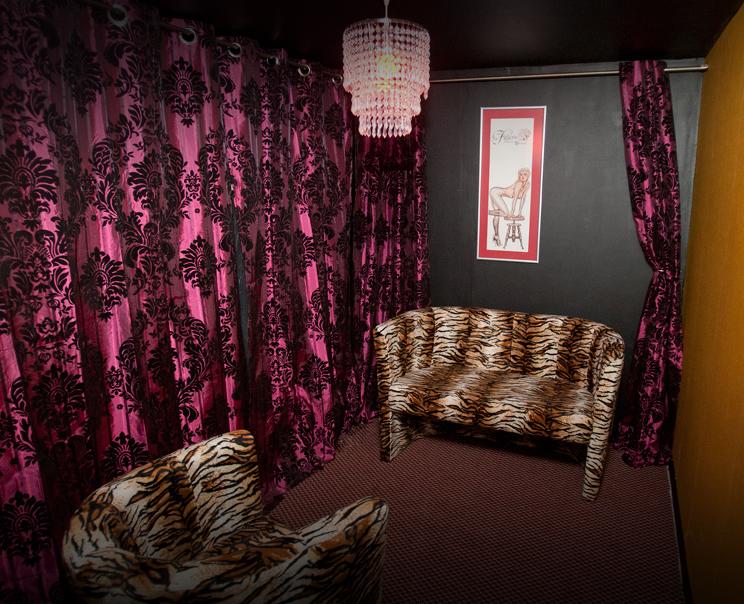
They were regularly criticised in the press and from the pulpits of Germany’s Catholic and Lutheran churches, though this did little to diminish their popularity. Conservative reactions A group of female cabaret dancers wearing costumes typical of the 1920sĪs might be expected, German conservatives, reactionaries and wowsers loathed the cabarets.

Previously forced to conceal their sexuality, these individuals seized upon the relaxed liberalism of the cabaret scene to openly display and discuss it. Some cabarets were also patronised by homosexual men, lesbians and transvestites. As the 1920s progressed, this gave way to open displays of nudity, to the point where most German cabarets had at least some topless dancers. Stories, jokes, songs and dancing were laced with sexual innuendo. The Weimar government’s lifting of censorship saw German cabarets transform and flourish.Įntertainment in the cabaret of Berlin, Munich and other cities often revolved around two themes: sex and politics.

Nowhere were they more popular than Germany. The cabaret boom This Berlin cabaret had telephones at every table, allowing guests to ring each otherĪfter World War I, cabarets became enormously popular across Europe. It was more conservative and low-key, at least initially, but began to transform during and after World War I.īerlin’s first cabaret nightclub dated back to 1901, however during the reign of Kaiser Wilhelm II, German cabarets were not permitted to perform or promote bawdy humour, provocative dancing or political satire. Perhaps the most famous of all French cabarets, the Moulin Rouge, was notorious for allowing lewd dancing and employing prostitutes as dancers and waitresses. The origins of KabarettĬabaret was, in fact, a French invention dating back to the 1880s. While doing so, they were entertained by a procession of singers, dancers and comedians, often on a small stage. Most cabarets were restaurants or nightclubs where patrons sat, drank and ate at tables. The late Weimar era was particularly known for its cabarets. Socialists believed it represented the wastefulness of capitalism right-wing groups and reactionaries claimed it was evidence of weak government, moral decay and corruption. Weimar music, dance and entertainment were criticised by radicals on both sides of politics. The late Weimar era was marked by liberal ideas as well as new forms of cultural expression, entertainment and hedonism (pleasure-seeking).
:max_bytes(150000):strip_icc()/10460395_907207262656655_2152538570045761689_n-5c17e86946e0fb0001fd3d2e.jpg)
Liberalism and hedonism The front doors and Bauhaus signage of the El Dorado, a popular Berlin cabaret Many Germans spent big and partied hard, they argue, as they were aware this prosperity would not last.

The influx of foreign money and the economic revival of the later 1920s also encouraged celebration, spending and decadence.Īccording to some historians, this extravagance may have been driven by a realisation that this ‘Golden Age’ was both artificial and temporary. Having previously lived under an authoritarian monarchy, where entertainment and social activities were tightly regulated, many Germans thrived on the relaxed social attitudes of the late Weimar period. This period between 19 has become known for its high living, vibrant urban life and the popularisation of new styles of music and dance. Cabaret probably reached its zenith during the so-called ‘ Golden Age of Weimar‘.


 0 kommentar(er)
0 kommentar(er)
